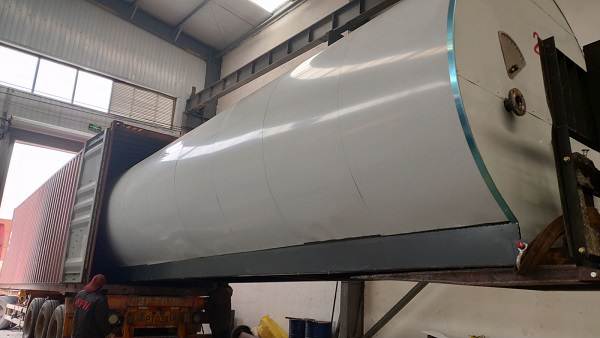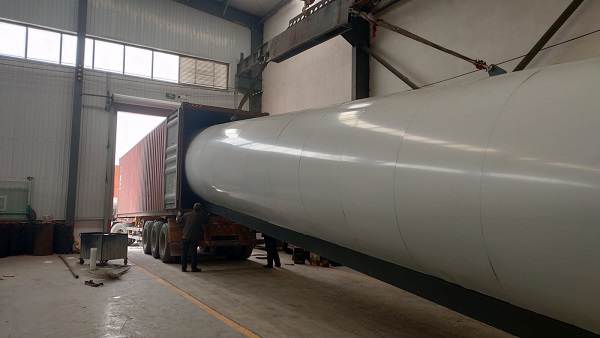Types of asphalt tanks: hinged blade mixers: Choosing the corresponding mixer according to the physical properties, volume, and mixing purpose of different materials can have a great effect on promoting chemical reaction speed and increasing production efficiency. Asphalt tanks The internal folding blade pressurized mixer generally incorporates strong reaction of gas and liquid mixing, and the mixer speed should generally be selected around 300r/min.
Asphalt storage tank: The storage tank is composed of a tank body, a tank top, and a tank bottom. The tank body of the asphalt tank in Guangdong Province is generally cylindrical. The top and bottom of large and medium-sized fermentation tanks mostly use oval or dish-shaped stainless steel heads. After being welded and connected to the tank body, the bottom of small and medium-sized fermentation tanks also generally uses oval or dish-shaped stainless steel heads, which are welded and connected to the tank body.


The top of the tank is mostly connected with a flat cover and the tank body, also called a flange boss plate or flange. In order to facilitate cleaning, small and medium-sized fermentation tanks are equipped with hand holes for cleaning under the tank top. Medium and large fermentation tanks are equipped with hand holes for cleaning. The alcohol tank is equipped with a quick-open manhole. The top of the tank is equipped with a sight glass and a light mirror, a feed pipe, a feed pipe, a steam exhaust pipe, a vaccination pipe and a barometer receiver.
The exhaust pipe should be as close as possible to the core direction of the tank top. In the asphalt tank, there are cooling water inlet and outlet pipes, gas inlet pipes, thermometer pipes and measuring instrument sockets on the tank body. The sampling pipe can be installed on the side of the tank or on the top of the tank, depending on the actual operation. Depends on convenience.

